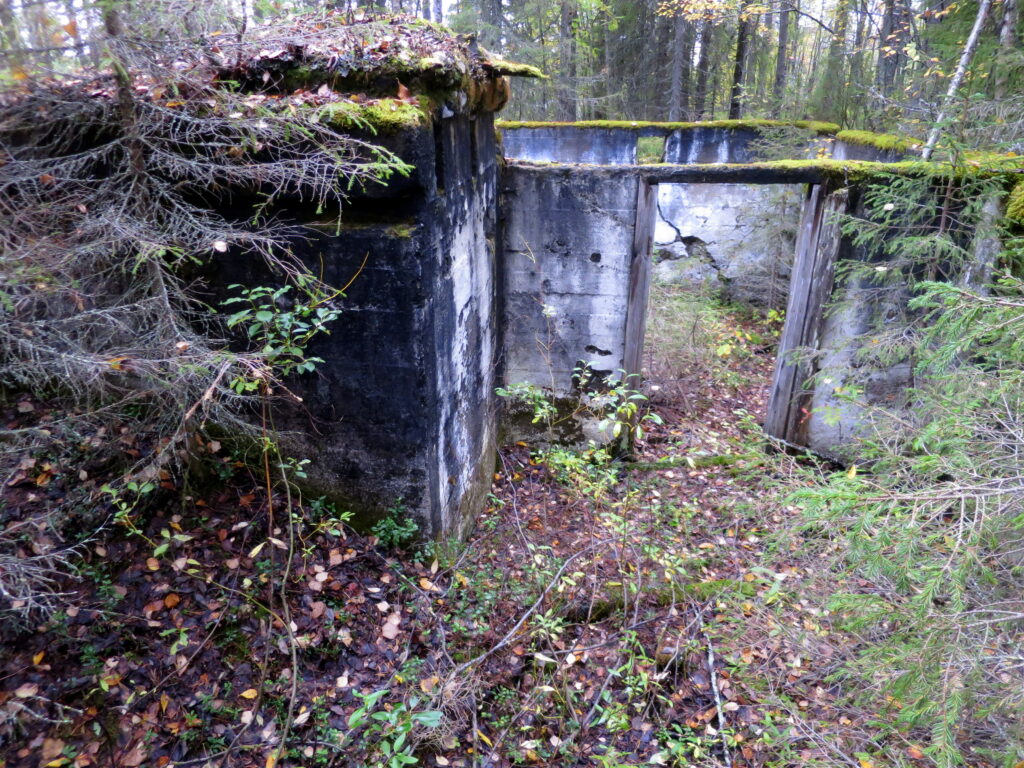The first permanent residents settled in Kurkijärvi at the end of the 17th century. immediately a dispute arose about the fishing rights of Kurkijärvi.
In 1768 the area known as the Kurkijärvi estate was divided between three brothers. The new owners of the premises were Paavo, Matti and Juho Paulinpoika Veteläinen. Matti Veteläinen stayed as a master of the Kaikkonen farm. Paavo Veteläinen and Paavo Ronkainen were granted a permit to Majavalehto, which has a large birch and spruce forest. This means the current settlement of Majava. Juho Paulinpoika’s farm was called Sulasalmi, which is now known as Kuikka.
In 1767 Lasanen and Säkkinen’s farms are known between Kovajärvi and Heinäjärvi, which are now deserted.
In the early 1950s, there were so many families with children in Kurkijärvi that they could not all fit in the school built during the reconstruction period. The second school in the area was built in Maanselkä and some of the children went to school in Jokilampi.
The Kurkijärvi Maamiesseura has been operating for over 80 years.
Source: Kurkijärvi Maamiesseura
Kurkijärvi military hospital
Many war veterans have had to visit and stay at the Kurkijärvi military hospital, where thousands of Finnish and German patients were treated during the Continuation War, mostly those wounded in the Kiestinki and Louhi area. Kalle Päätalo was also being treated in Kurkijärvi after being wounded. The military hospital operated in a garrison built during the Interim Peace, which was burned by the Germans after the end of the war.
In August 1940, workmen appeared in Kurkijärvi and announced that they would build a bridge in the strait at the eastern end of Lake Kurkijärvi. After the bridge was completed, they started building barracks.
Sixteen two-family semi-detached houses for non-commissioned officers were built on the so-called Aliupseeriniemi (cape of non-commissioned officer). Six wonderful two-family semi-detached houses were built on Upseeriniemi (cape of officer). For a possible escape, trenches leading out from the houses were dug.
During the war, Kurkijärvi had a garrison and a field hospital where more than 10 000 patients were treated. About 1 700 conscripts served in the garrison, among them the writer Kalle Päätalo. The barracks were used for an actual military training only for a short time. The Continuation War that started at the turn of June-July 1941 took its toll, and during the battles of Sohjana, the places in the 40th military hospital operating in Kuusamo were quickly filled.
The cargo is moving
Even at the end of the 18th century, almost all goods were transported on reindeer caravans. For example, the caravan trip to Oulu took a week and required two men to accompany the reindeer. Since reindeer are unpredictable animals, they had to be handled by pros. Even at the beginning of the 19th century, there were many such caravan houses in Kuusamo, especially in the border villages. Reindeer meat, fish and butter were suitable for transport, because they did not spoil, even if they got a little wet in the snow. Transporting furs and pelts was more difficult, as getting them wet reduced their value.
Kurkijärvi’s affairs have been compiled by Timo Majava.
Literature
Sahi Salmi “Kurkijärvi” “Kasarmista kenttäsairaalaksi”
